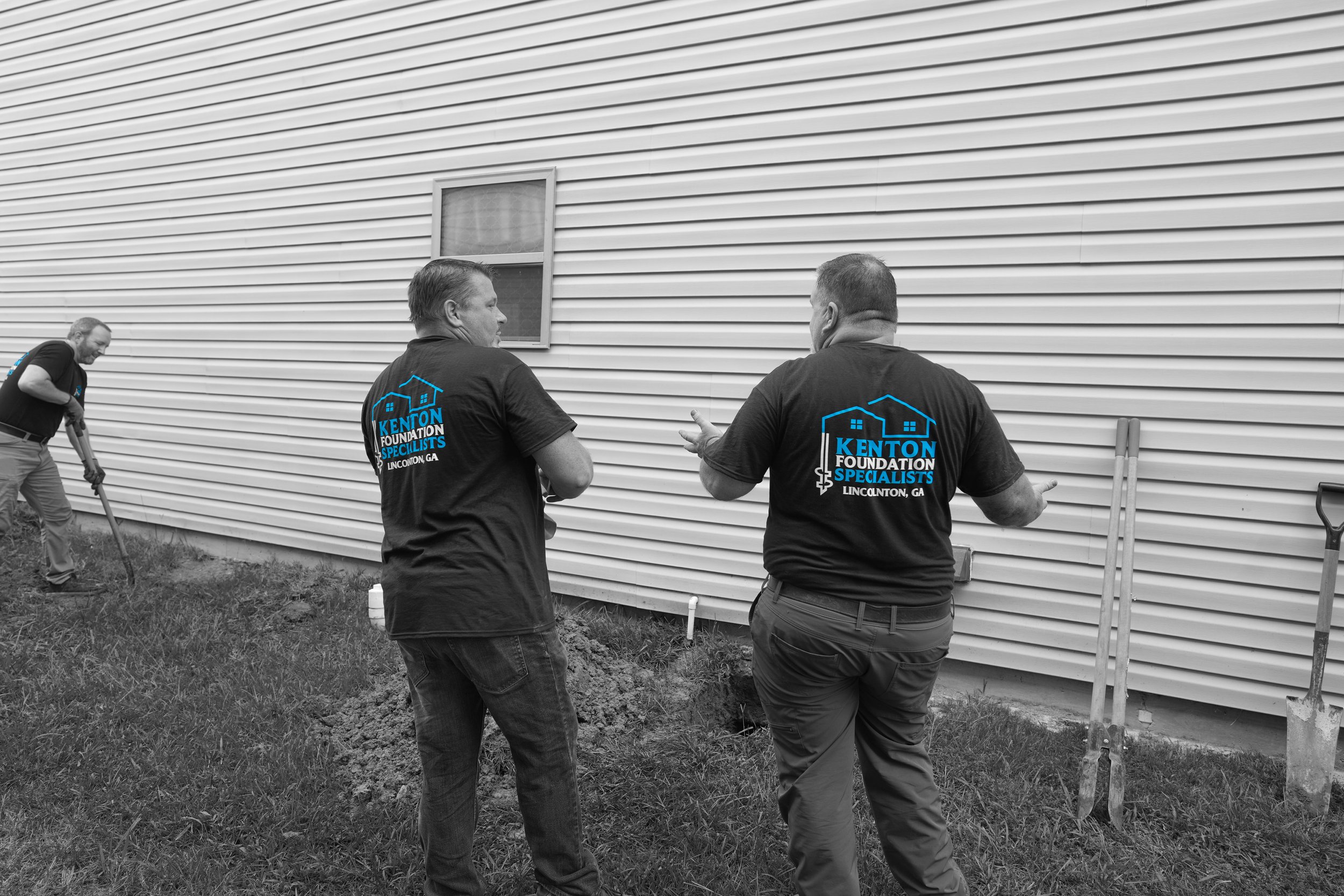
Frequently Asked Questions
-
Piers can trace their roots all the way back to 1720 in England, where they were invented. In the nineteenth century, lighthouses were supported by Helical Piers as well.
-
Helical anchors are essentially small shaft pipe piles with one or more helical bearing plates attached. Instead of being hydraulically vibrated into the ground, like a pipe pile, they are gently rotated into the ground using a high torque hydraulic drive head. They can support most structures, including: Industrial, Commercial, or Residential.
-
Screw piles, helical piers, and helical piles are synonyms for the same type of foundation solution. They were coined screw pile because of the way they turn and bore into the earth.
-
PierTech recommends using square shafts in tension situations because it has a greater yield, tensile strength and higher torque capacity. Round shaft should be used in compression situations because it has a far superior lateral stability (the strength to resist twisting and deflection), as well as it has greater load capacities.
-
Helical Piles can be used on most structures in new construction or repair, and in 80-90% of soil conditions that exist. However, they are typically used in complex soil conditions or limited access situations that have prohibited the use of other traditional foundation systems.
-
Piers are superior to other methods in many ways. Hand-dug and drilled concrete piers can do an adequate job. However, they are extremely time consuming, messy, expensive, and labor intensive. Driven Piles can be effective, but limited access and sensitivity of existing buildings make their use difficult for an installer. Helical piering is cost effective, requires little to no concrete, can be performed in limited access situations, and is virtually vibration free.
-
Many factors determine the life expectancy. Though Helical Piers can be galvanized to prevent rusting, the varying soil conditions can affect the life expectancy. It is the general estimation that piers last over 150 years in normal soil conditions.
-
Depending on the job our Hercules Pile can hold more than 500 tons, or 1,000,000 pounds. You would see similar loads on a 10 story building application.
-
Most of the time the house will not be damaged from the installation. In fact, you may find doors starting to work correctly and some cracks may close.
-
Helical Piers are used to underpin homes that are sinking, saving the home from additional structural damage. When used in combination with our Tru-lift system, homes can be secured to prevent further settling or raised up to the proper height.
-
Yes, our products can be installed in tight spaces. Our portable equipment allows us to install when there are clearance issues, preventing heavier equipment from being used.
-
Most are installed between 10 to 25 feet below the soil, but may be required to extend deeper if the required torque is not met. We have had some piles installed as deep as 100 feet.
-
We offer a 75 year limited warranty.
-
A general rule is that they should be spaced 3 to 4 diameters on center. Typical Helical Pile spacing is 5 ft – 10 ft.
-
You may notice cracks in drywall, gaps between walls and ceiling, doors may be sticking, nails coming out of the drywall, windows may stick, cracked floors, or there may be gaps between walls and floors. These all may be an indication of foundation issues.
-
The chances of this are slim to none, if you are using a quality company that provides the proper service to get them installed correctly.

